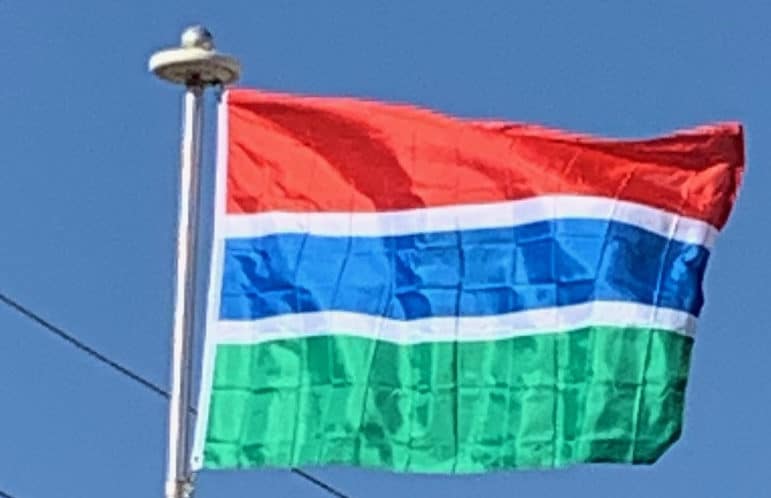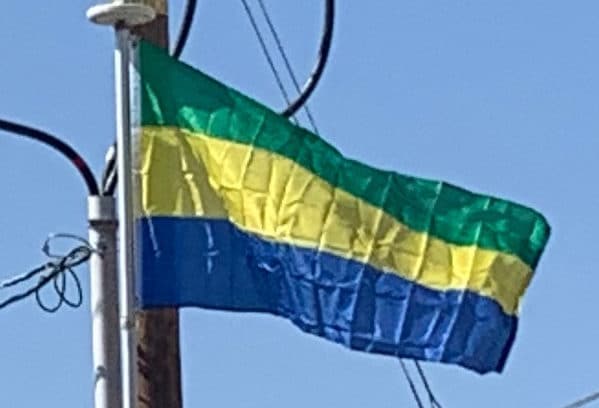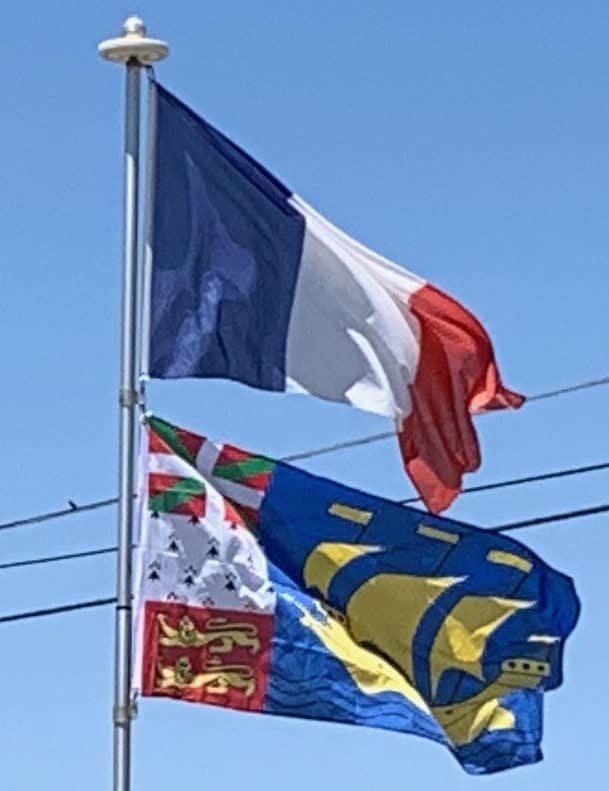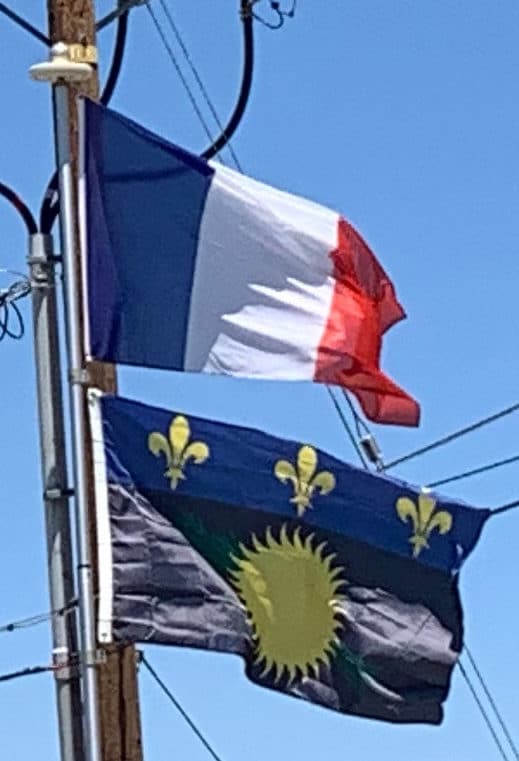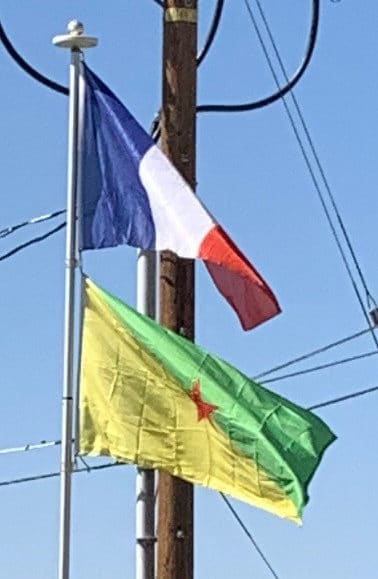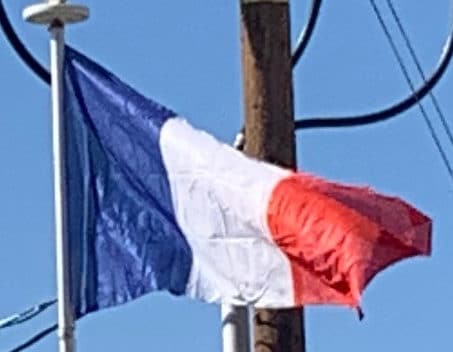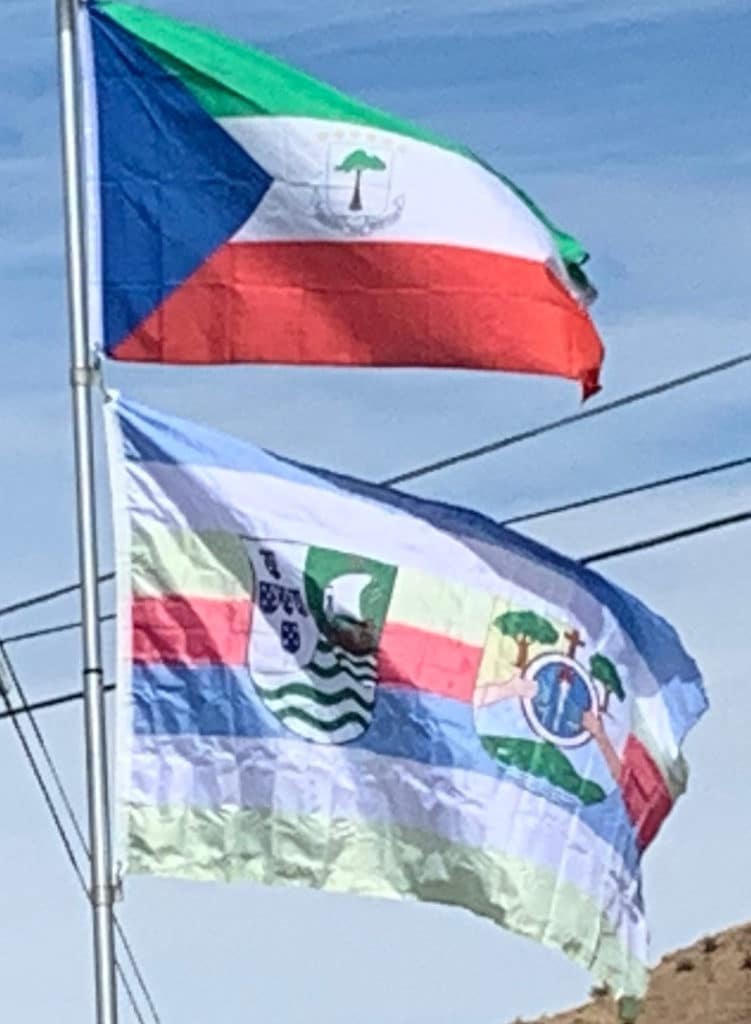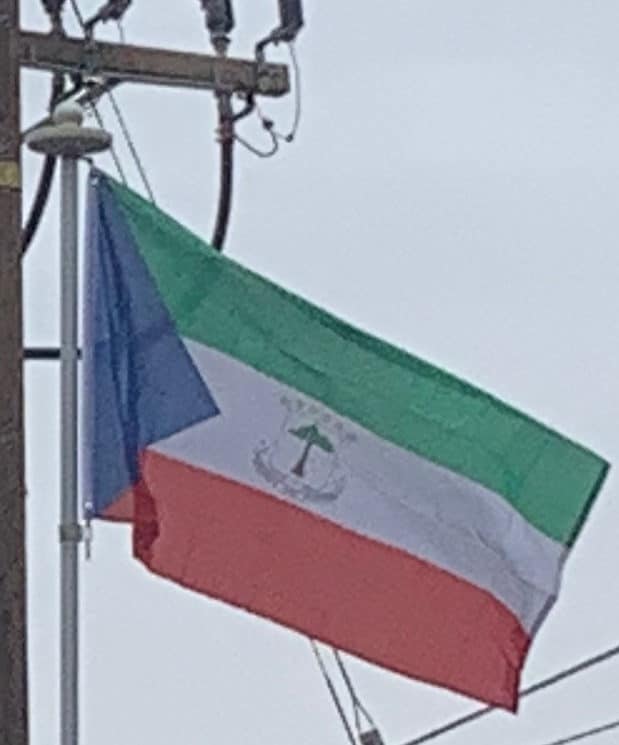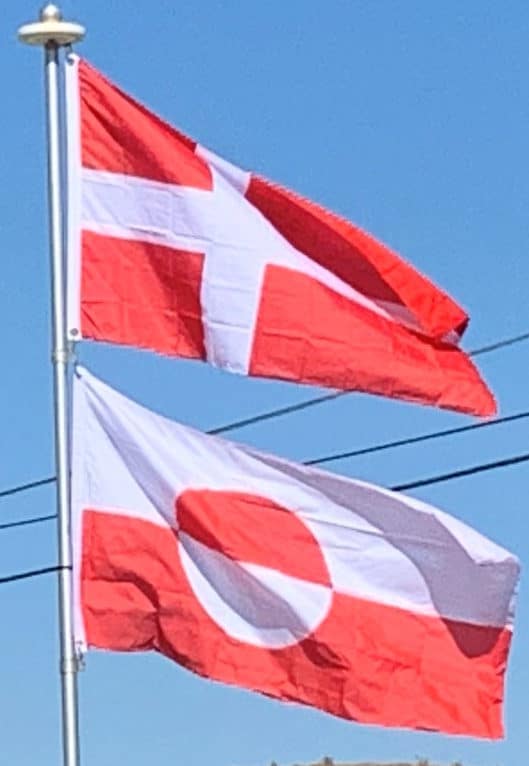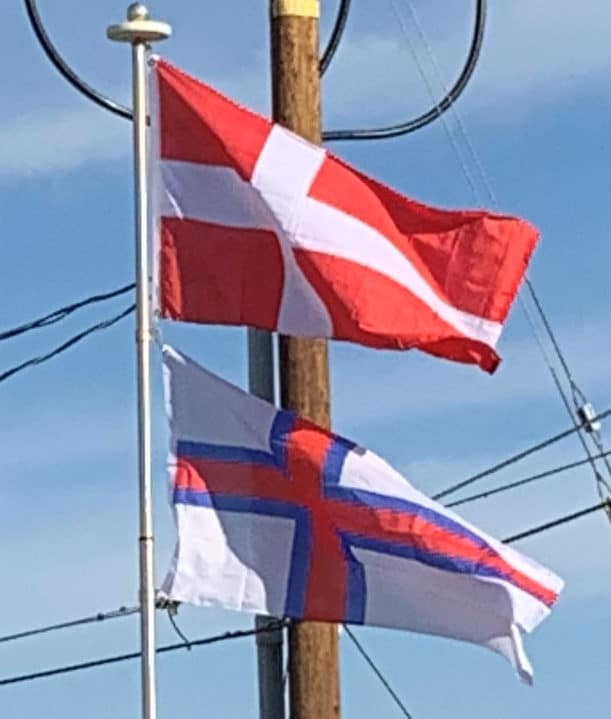The Gambia
The colors of the flag carry cultural, political, and regional meanings. The blue alludes to the Gambia River, which is the nation’s key feature and is where the country derives its name from. The red evokes the sun – given the Gambia’s close proximity to the Equator – as well as the savanna, while the thin white stripes represent “unity and peace”. The green epitomizes the forest and the agricultural goods that the Gambian people are heavily dependent on, both for exports and their personal use.
